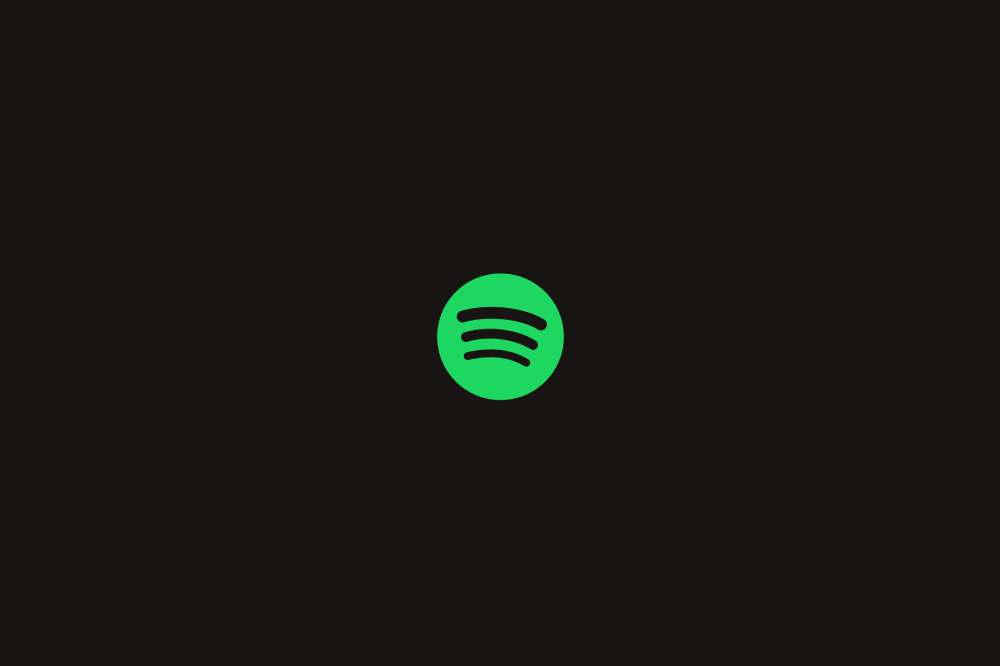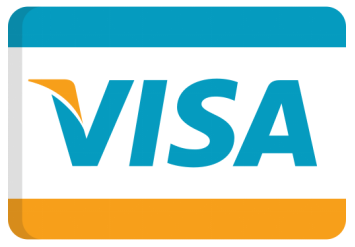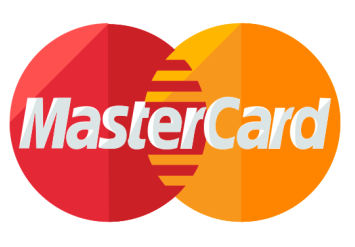If you’ve been wondering, “When did Spotify come out,” then you’re in the right place. In this article, we’ll take a closer look at Spotify as a whole. We’ll discuss everything from the platform’s origin story to why the platform is so popular.
When Was Spotify Created?
If you’re asking what year did Spotify come out, the official worldwide Spotify launch date was on the 7th of October 2008. However, Spotify itself ran for nearly two years before this time.
Here’s a snapshot from the Web Design Museum of what Spotify looked like in 2006:
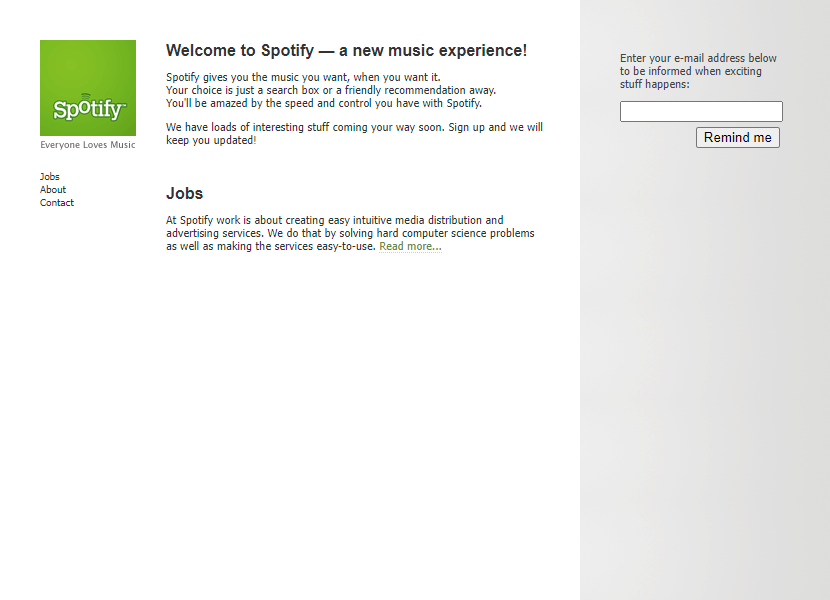
And here’s what it looked like in 2008, when it officially launched in most of Europe, from the same source:
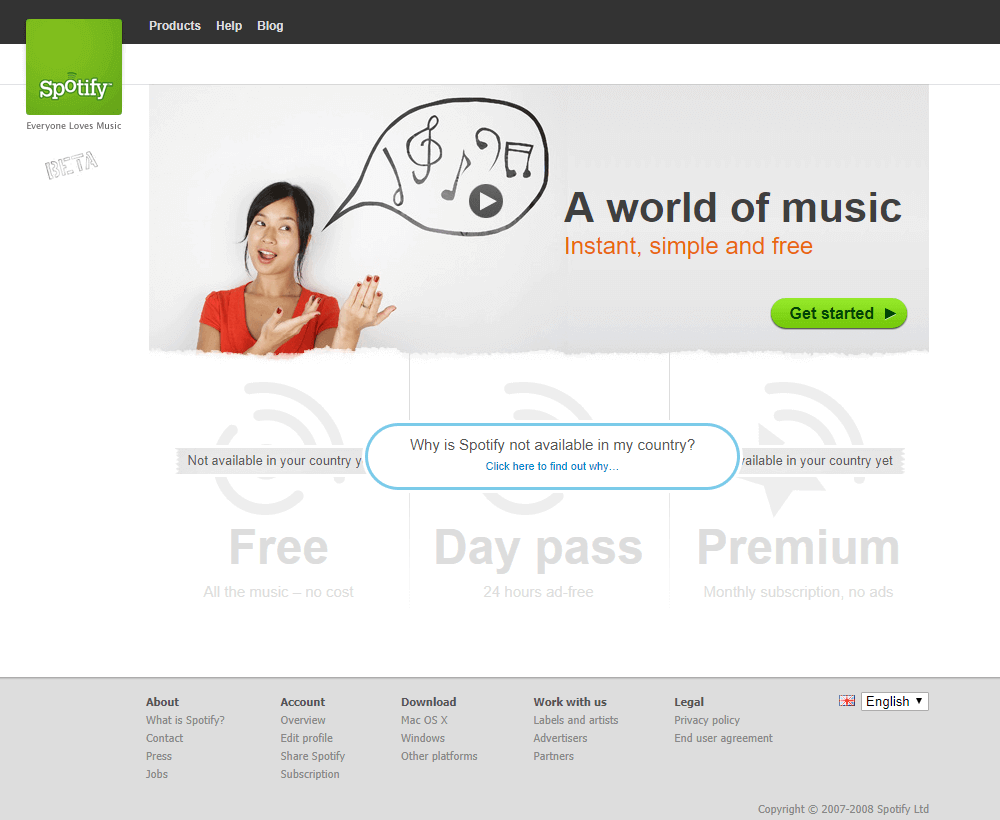
As you can see, they’ve come a long way from their original format to the sleek website and apps that they have today.
Keys to Spotify’s Continued Success
Since it first started building a reputation, the Spotify platform has remained popular and kept growing in popularity. We attribute this growth to several factors, including the following:
- Excellent UX: Thanks to Spotify’s intuitive interface and ease of use, people with almost any level of technical proficiency can use the platform.
- Nearly limitless music array: Thanks to a nearly cavernous hall of musical options and podcasts, the platform has something that appeals to every type of listener.
- Innovation and unique features: Spotify continuously works on incorporating new innovations and exciting new features into the platform. This makes it appealing to users who love progress and new innovations.
It also has a range of unique features that set it apart, such as:
- Offering personalized music and podcast recommendations: Thanks to a wide array of tools and analytics linked to their algorithms, Spotify is capable of recognizing trends in your listening preferences and offering recommendations for other listening opportunities you might enjoy.
- Exclusive content not available elsewhere: Because Spotify partners directly with artists and record labels, it can often offer unique, exclusive content that may not be available on other platforms. Unreleased tracks, behind-the-scenes footage, and other similar content, are good examples.
- Unique premium features: Spotify Premium offers a range of unique features, including ad-free listening, higher audio quality options, and the ability to download music so you can listen to it offline.
The fact that Spotify is such a popular platform around the world says something about how well this platform operates. And the points mentioned above are just a few of the many reasons why this is true.
The Idea Behind Spotify
Spotify was originally created with a vision to revolutionize the music industry. The concept that the founders, Daniel Ek and Martin Lorentzon, came up with was to create a platform that would offer convenient access to the listener’s preferred music.
They also wanted the platform to eliminate the need for downloading music and to make it as personalized as possible so each listener would get exactly what they were looking for.
Spotify Features
To achieve the aims mentioned above, the Spotify team focused on creating and introducing features that would set Spotify apart. Some of the most notable features include the following.
The platform makes use of algorithms to analyze the listening habits and preferences of its users. By doing so, it allows the platform to create a tailored experience through the suggestion of similar tracks and personalized playlists.
These curated playlists are another reason why the platform is so popular. From genre-specific collections to playlists based off a certain vibe, it makes it easier for people to find music they’ll love.
Unlike many other streaming platforms, Spotify offers detailed profiles for every artist. Whether you’re looking for a biography, discography, or links to the artist’s social media, you can access it from their profile.
Finally, Spotify offers excellent social sharing tools, allowing users to build a sense of camaraderie and community around their love of music.
Initial Launch and Reception
After its official launch in 2008, Spotify experienced a surprising amount of success and support. During the first week alone, the platform was downloaded over ten million times. There are several reasons for this quick ascension.
First, it offered a convenient way to access and download music. Thanks to the convenient user interface, anyone can use it.
The service was also highly affordable and, thanks to the free option, people could listen to music for free if they so desired. The premium option merely offered the opportunity to listen to music ad-free, and with extra perks.
It also came on the scene during the time when social media was really picking up steam. Thanks to its social sharing options and personalized recommendations, Spotify offered an excellent way for people to share their favorite music with their social networks.
Growth and Expansion
Ultimately, Spotify helped to revolutionize the way that people listen to music today. From being a forerunner in the music streaming industry, to offering unprecedented variety and allowing people to discover new music, this platform has kept pushing the industry forward.
But how has Spotify experienced this kind of growth, skyrocketing to over 217,000,000 users by 2023? There are several different key factors that have kept the platform at the forefront of growth and expansion in the industry.
The first is that Spotify is constantly pushing for more innovation and progress. If you’ve been a Spotify user for an extended time, you realize that they’re consistently adding new features and functions that help enhance the listening experience.
Spotify Connect is one example, allowing users to sync with and play music from any compatible audio system. Discover Weekly is another example, providing personalized playlists based on the user’s existing music profile.
Another reason for Spotify’s unparalleled growth and expansion is the fact that it pays such careful attention to the user interface and overall user experience. Because they’ve made this a consistent priority, they’ve managed to make the platform accessible to even the most technologically challenged individuals.
Yet, at the same time, they’ve managed to keep a careful balance between accessibility and innovation. By consistently updating the overall user experience without compromising its accessibility, the company has remained at the forefront of both novel features and user experience.
Another reason for the platform’s astonishing growth is the time and money it has invested in research and development. Through consistent investments in new technologies and features, it has been able to stay ahead of the pack and offer unique experiences to its users.
Evolution of Spotify
As we mentioned earlier, Spotify was created way back in 2006. However, it took a further two years for them to distinguish themselves from illegal music download sites, which were the norm.
This platform didn’t want to operate that way. They wanted to ensure that artists and producers received their fair profits while people listened to their music. During the two years between its conception and its official worldwide launch, the platform invested the time and effort required to get agreements in place with the different record labels and artists.
Spotify was officially released in the USA in 2009, where it spread like wildfire and remains popular to this day. Today, Spotify is available worldwide and is a favorite app for many people.
Since its humble beginnings, the app has achieved many major and significant milestones. Some of these include the following:
- In 2009, the song ‘Poker Face’ by Lady Gaga became the first song to reach 1,000,000 streams on the platform.
- By March 2011, the platform had reached 1,000,000 paid subscribers.
- Also in 2011, Spotify had its official launch for the platform in the US, which was accompanied by significant expansion.
- In 2015, Spotify expanded and diversified its portfolio, adding podcasts, news, and video streaming to its musical offerings.
- In 2017, Taylor Swift returned to the platform after leaving it in 2014, helping to solidify its reputation as an industry leader.
Where Did the Name Spotify Come From?
The name “Spotify” is fairly unusual, and it’s easy to understand why you may wonder about its origins. It was originally proposed and accepted during a brainstorming session to find potential names for the platform.
The platform later went on to explain exactly how the name came about. It’s a reference to the platforms intended purpose of helping listeners to spot new artists and identify music they like. Or, in other terms, the platform aims to help listeners discover their identity through music.
The name itself is a portmanteau, combining the words ‘spot’ and ‘identify’ into an exciting new name. Spotify’s stated intent is to provide “music for everyone,” and they have adopted this as their mission statement.
Some of the ways in which they try to accomplish this is by supporting emerging artists while helping established artists to reach and maintain their following. The platform gives artists access to a wide array of different tools and resources. From uploading to promotion, this is a perfect way for artists to reach a wider audience.
Partnerships and Collaborations
Even though Spotify has seen staggering organic growth during the last six years, that hasn’t been its only means of growth. It has also grown through the purchase of secondary platforms and acquisitions that were incorporated into the platform.
Some noteworthy acquisitions by Spotify include the following:
- In 2013, they acquired the Swedish app Tunigo, a music discovery service
- In 2015, they acquired a data science consulting firm called Seed Scientific.
- In 2019 they acquired a podcast studio called Parcast.
- In 2020, Spotify acquired The Ringer, a content company focusing on sports and entertainment. They also acquired the podcast company Megaphone.
Acquisitions and purchases haven’t been the platforms only means of growth outside basic organic growth, however. They’ve also formed partnerships with other significant players in the music and entertainment industry. They also form partnerships with other companies that provide secondary services.
Just a few examples of these partners include the following:
- WPP
- Orange Middle East
- Slack
- SalesForce
- Universal Music Group
- Ubers
- ColorsXStudios
Major Competitors
Since Spotify first launched back in 2008, the world has changed significantly. What was once a novelty, strange, and exciting has since become more of a norm.
Today, Spotify faces competition from several major music streaming platforms. Some of the most popular of these include the following:
- Apple Music
- Tidal
- Amazon Music
- YouTube Music
Each of these streaming platforms offers unique features and benefits, so it makes sense that there will be opportunities for each of them to find a place in the market. Spotify was truly the trailblazer in an entire industry of music-related streaming.
Conclusion
Since its launch date in 2008, Spotify has been providing joy and custom music to millions of users. From its base concept to its current format, this platform has gone from strength to strength and is set to only keep on growing.
If you’re an artist and you’d like to grow your presence on Spotify, get in touch with us! At Bulkoid, we can help you blow up on Spotify – check our services and see how we can increase the number of your Spotify plays or monthly listeners.

